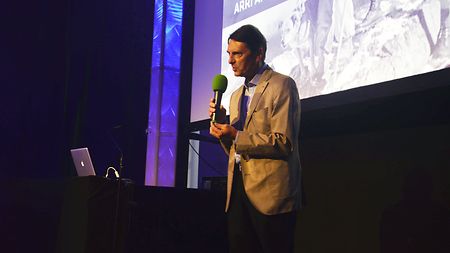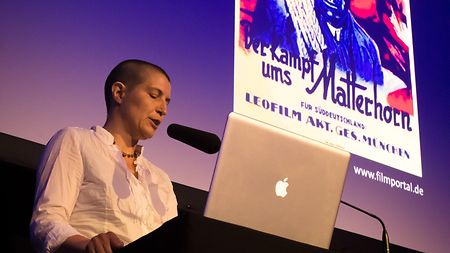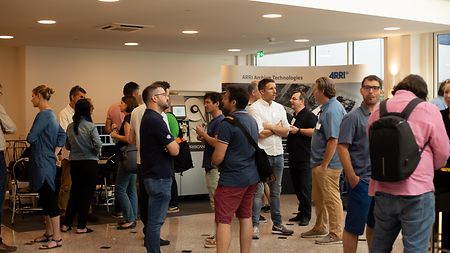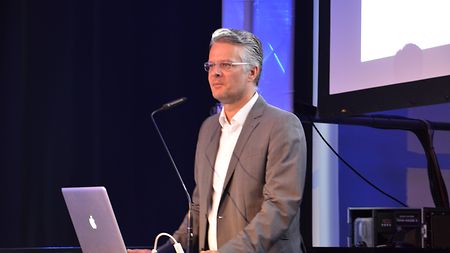Film reconstruction has been likened to the piecing together of a jigsaw puzzle, but that comparison does the process no justice. These jigsaws have damaged and missing pieces, while others exist in several versions – and the finished puzzles are made up of around 120,000 pieces or frames. These frames – with very different grains and colors – then have to be matched to give the reconstructed film a consistent appearance. The ARRI Archive Workshop 2018 began with a perfect illustration of this process – a look at the Deutsche Kinemathek and ARRI Media Berlin’s restoration of "The Ancient Law," a silent film made in 1923. It tells the story of a Jewish man who falls foul of his strictly religious father when he becomes an actor. The reconstruction was based on six different contemporary prints that were scanned in full, and then combined in a complex edit.
Another session on the first day looked at the restoration of German films from the National Socialist era. Film restorer Anke Wilkening, from the Friedrich-Wilhelm-Murnau-Stiftung in Wiesbaden worked on the adventure fantasy "Münchhausen" (1943). It was made in Agfacolor, which was developed in Germany in the 1930s as a non-American alternative to Technicolor. The dyes are unstable, resulting – with the passage of time – in the prints fading to magenta.
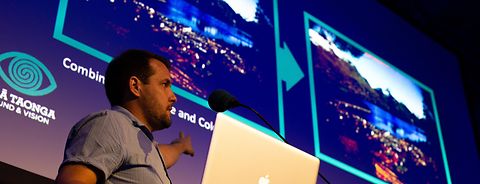
ARRI Archive Workshop 2018
The ARRI Archive Workshop 2018 has wrapped up in Munich. The biennial two-day event attracted speakers and delegates from all over the world to discuss all the latest developments and trends in film restoration and digitization.
